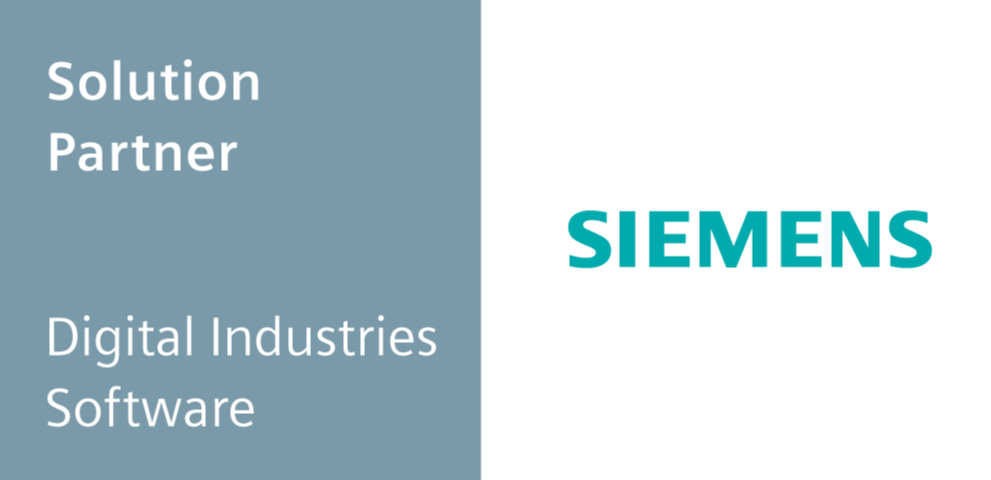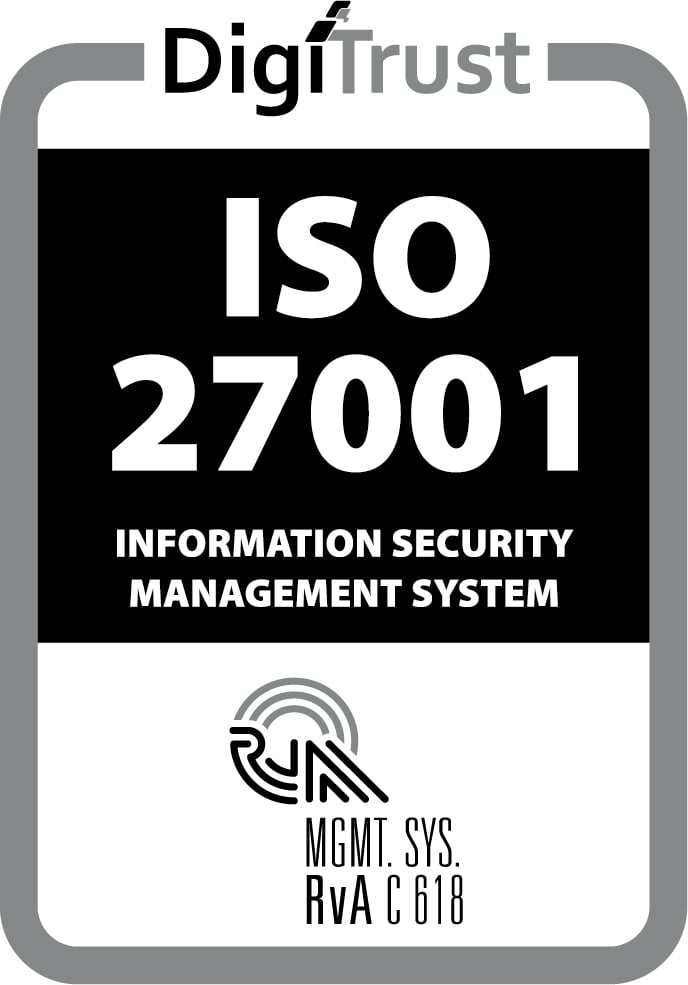Rapid technological advances, such as artificial intelligence, 5G connectivity, and robotics, are catapulting industry into a new era. In fact, these advancements are so profound they’ve been dubbed the Fourth Industrial Revolution—Industry 4.0. You’ve probably heard of it. But what is Industry 4.0, exactly?
This technological shift is reshaping the way companies operate. They’re more productive, efficient, and safer while reducing costs. Companies that adapt quickly will gain a competitive edge, but companies slow to adapt risk falling behind.
This guide will help your company get ready for the future. We’ll explain what Industry 4.0 is, how new technologies are currently applied, and how your business can prepare for the changes ahead.
Short on Time? Here’s a Brief Overview
-
Industry 4.0 involves four core concepts: digitization of physical systems, increased connectivity between industrial devices, big data analysis, and advanced automation.
-
Technology like the Internet of Things (IoT), artificial intelligence (AI), and digital twins drive Industry 4.0. Applications include optimizing supply chains and enhancing automation.
-
Transitioning to Industry 4.0 can help companies expand despite challenges and risks.
Preparation for Industry 4.0 is critical. -
Preparation for Industry 4.0 is critical.
The Core Concepts of Industry 4.0
Industry 4.0 is the next step in a long history of industrial advancements. It builds on earlier moves to automation and digitization and is driven primarily by advances in four key areas.
Digitization of physical systems
Physical machinery is increasingly integrated with digital systems, creating new ways to control and monitor equipment. Today, individual pieces of equipment have far more computing power than mainframe computers did during Industry 3.0.
Wireless connectivity
Equipment used in manufacturing, healthcare, energy production, mining, and other industries centralizes systems and other machines through wireless networks. It enables remote equipment monitoring and control, real-time data collection, and data sharing between devices.
Big data analysis
Companies can now collect and analyze enormous amounts of digital information about their equipment and processes. This information allows them to make more informed decisions and is foundational for new techniques like predictive analytics.
Advanced automation
Automation today is far more advanced than automation in Industry 3.0. Facilities can be automatically controlled through a combination of sensors, robots, and AI-powered decision-making tools.
The Technologies Driving Industry 4.0
Technological advances almost unthinkable just 10 or 20 years ago are driving the core changes that characterize Industry 4.0. Let’s look closer at some of these key technologies:
-
Internet of Things (IoT): IoT involves wirelessly connecting physical devices—like machinery and sensors—to share data. IoT also enables connected devices to share data with centralized computer systems, which is key for collecting and analyzing vast amounts of data.
-
Cloud computing: The internet has enabled data storage and processing in the cloud—off-site servers hosted in a data center and managed by another company. Cloud computing allows companies to store and process data cost-effectively and offers the flexibility to scale their computing resources as needed.
-
AI: AI empowers companies to analyze all of the data they collect. It’s crucial for automating control of industrial systems, optimizing operations, robotics, and much more.
-
Digital twins: Digital twins are virtual representations of a piece of equipment or a manufacturing process that can be continuously updated with real-time data. Creating and experimenting with digital twins is a cost-effective way to optimize processes and products.
-
Edge computing: Edge computing involves processing data on the same device where it’s collected. It reduces processing time so automated equipment can manage real-time changes.
-
Robotics: Industrial robots have gained significant precision and flexibility, aided partly by AI and edge computing. Using robots can reduce labor costs, make factories safer, and enhance product quality.
Prominent Applications of Industry 4.0
The latest technologies enable many innovations in manufacturing, logistics, and other sectors. Let’s look at four examples of how Industry 4.0 is already having an impact.
Supply chain optimization
Companies use IoT, cloud computing, and AI to manage their supply chains better. For example, manufacturers can use connected sensors to monitor the production of raw materials for a product line and AI to analyze this data in the context of product demand. The analysis allows manufacturers to predict material shortfalls or surpluses and adjust their operations accordingly.
Predictive maintenance
Businesses can also use AI and IoT to predict when equipment needs maintenance. Internet-connected sensors deliver data about a machine’s temperature, vibration patterns, acoustic signals, and more, and AI analyzes that data to find pattern changes that indicate a problem.
Autonomous systems
Companies have increasingly automated their systems, some to the point of replacing manual labor. Amazon warehouses, for example, now use robots to pick packages, reducing the need for humans to perform this time-consuming, laborious task. In addition, manufacturing sectors are using robots to take over dangerous processes, which reduces demand for labor.
The Benefits of Industry 4.0 Adoption
Industry 4.0 clearly benefits companies that lean into the change and embrace new technologies.
First, automation can dramatically enhance operational efficiency. Companies can reduce labor requirements, increase productivity, and ensure processes perform optimally at all times.
Real-time data analytics helps companies make better decisions about day-to-day operations, further enhancing efficiency. AI can also predict potential outcomes of major changes, giving managers and executives more information when faced with difficult choices.
Yet another key benefit of Industry 4.0 is the ability to implement predictive maintenance systems. Early results in manufacturing show that predictive maintenance can reduce equipment maintenance costs by up to 25% and decrease equipment downtime by up to 50%. Predictive maintenance can also enhance safety and improve product quality.
Adopting Industry 4.0 can even open new lines of business. For example, the flexibility of robotics and faster computing allows companies to offer more customization or operate small-scale product lines, which in turn helps them better meet customers’ needs.
The Challenges Businesses Face in Adopting Industry 4.0
While Industry 4.0 holds enormous promise, transitioning to this new era can be challenging for companies built around Industry 3.0 technologies. Some of the main challenges include:
-
Cost: Upgrading existing technologies or purchasing new equipment and software can be expensive.
-
Integrating existing equipment: Existing equipment is often not designed to interface with modern software. Integration is usually possible but can require intensive development that risks disrupting operations.
-
Cybersecurity risks: Highly connected industrial systems are vulnerable to digital attacks. To mitigate these risks, companies must invest in cybersecurity systems and train employees in digital best practices.
How Businesses Can Prepare for Industry 4.0
You can prepare your company for the move to Industry 4.0 in several ways.
Assess your digital readiness
The first step is conducting a digital readiness assessment. Audit your existing systems to determine the level of development required to integrate Industry 4.0 technologies. For example, is a piece of equipment readily compatible with IoT sensors, or is a custom integration solution needed?
This assessment can help you identify low-cost opportunities for digitization. Starting your transition to Industry 4.0 with relatively easy projects can serve as a proof of concept and prepare your workforce for change.
Invest in low code software
Low code software is a development platform that dramatically reduces the need for coding to build custom integrations and automations. It uses templates, drag-and-drop interfaces, and prebuilt software components to enable non-technical employees to digitize existing systems.
Low code software can significantly reduce the cost and time required to transition to Industry 4.0. It also empowers existing employees to build necessary integrations and software tools, ensuring they have a stake in your business’s transformation.
Partner with experts
Partnering with experts who understand your sector’s specific needs and the advantages of new technologies is key to maximizing the value of digital transformation. Experts will help you identify the highest-value opportunities for digitization and assist in developing solutions tailored to your business.
Upskill employees
Training your employees on new technologies ensures your business can operate without disruption as Industry 4.0 systems come online. Training also makes employees feel included in the transition process and boosts retention.
Final Thoughts
Industry 4.0 is the next era of industrialization, and technologies like IoT, AI, robotics, and cloud computing are driving it. It promises to transform company operations, enhance productivity, and open doors to new growth opportunities. However, transitioning to Industry 4.0 can be challenging for many companies because of the cost and complexity.
Implementing low code software with an experienced partner like CLEVR can help your business navigate the transition and emerge as a leader in Industry 4.0. Check out our low code solutions to learn more.




